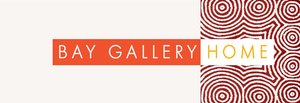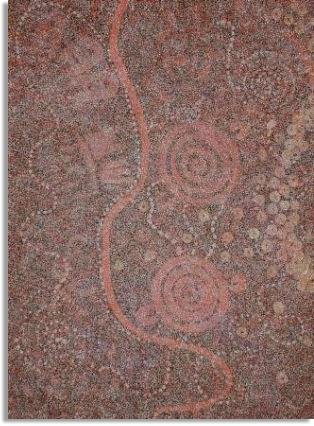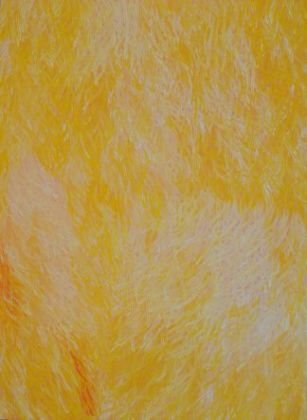Barbara Weir paintings from Bay Gallery Homes first London exhibition: My Mother’s Country, Grass Seed Dreamings
Bay Gallery Home was very sad to learn of Barbara’s passing on 3 January 2023.
Our journey with Aboriginal art began when Barbara’s son Fred Torres and my dear friend Leana visited us shortly after the birth of my daughter in 2008. During their visit it was decided I would expand my flourishing gallery business by representing the artists of Utopia in the UK.
By sheer coincidence my mother had spent two years in Utopia as a district nurse 17 years previously. On a visit to her in the Central Desert I met many members of Barbara’s extended family painting canvases on the desert sands at their outstations, long before the advent of the painting shed. My mother knew Barbara well and I had the opportunity of meeting her during the years I represented Utopia.
The first Aboriginal art exhibition I held nearly 15 years ago included many mesmerising and beautifully executed Grass Seed Dreaming’s and My Mother’s Country by Barbara. She was a versatile, passionate artist whose love for her country is reflected in each canvas she painted. Barbara was highly skilled in the use of dot work shown in her depictions of ‘My Mother’s Country’, and was ingenious in her use of colour, lines and texture as shown in ‘Grass Seed’ dreamings.
Born in 1945 Barbara’s life was full of challenges having to straddle the two cultures after being forcibly removed from her family by the Native Welfare Police. Barbara’s country was Atnwengerrp and her languages Anmatyerre and Alyawarr. Her father Jack Weir, the Irish owner of Bundy River station near Utopia had a relationship with her mother Minnie Pwerle. Both were imprisoned for their interacial relationship with Jack dying shortly after his release.
Barbara was forced to live in foster homes becoming one of the ‘Stolen Generation’ at nine having being told her family was dead - she was ostensibly told this because she continued to use her traditional languages and was moved from Alice Springs to Darwin. This was done to remove any vestiges of her Aboriginality and make her European enough to serve white families as a domestic servant.
At 18 she married Mervyn Torres and they moved to Papunya where they witnessed the genesis of the contemporary Aboriginal art movement. Torres later found out Barbara’s family was still alive and they were reunited. The reunion was tepid at the beginning with reintegration slow. Barbara had lost her languages and stories, however, the trauma of the removal was healed over time with Barbara relearning her culture under the guidance of family including “aunty” Gloria Petyarre.
Emily Kame Kngwarreye was a profound influence on Barbara as an adopted aunty and artist. This led to Barbara being integral to her families success as artists, including encouraging Minnie to take up the brush in her 80’s with her going on to become an internationally acclaimed artist along with many other family members.
During the 1970s Barbara became an active land rights activist. In 1985 she was elected as the first women president of the Indigenous Urapunta Council.
Barbara Weir will be sadly missed by all who knew her and everyone who has ever owned or enjoyed her artwork.




